In memoriam: Luchita Hurtado (1920 – 2020)
The Venezuelan-born artist, who took the art world by storm in her 90s, has died aged 99

Luchita Hurtado passed away on 13 August at her home in Santa Monica, California. She would have celebrated her 100th birthday in October.
Born in 1920 in Maiquetía, Venezuela, Hurtado spent the last seven decades investigating notions of universality and transcendence through a playful and ever-evolving practice. Ranging from abstraction and mysticism to landscape and the body, her experimental work has always aligned with important moments of her life.
Even though she spent most of her career away from the spotlight, the artist initially started to engage with paint in her teenage years: after immigrating to New York in 1928, she studied painting at the Art Students League. Her early work was abstract and colourful, mainly consisting of surrealist landscapes and tribal figures. At the time, Hurtado was associated with the geometric abstraction movement, and identified the canvas as a medium for intimate meditations on humanity, the cosmos, and nature.
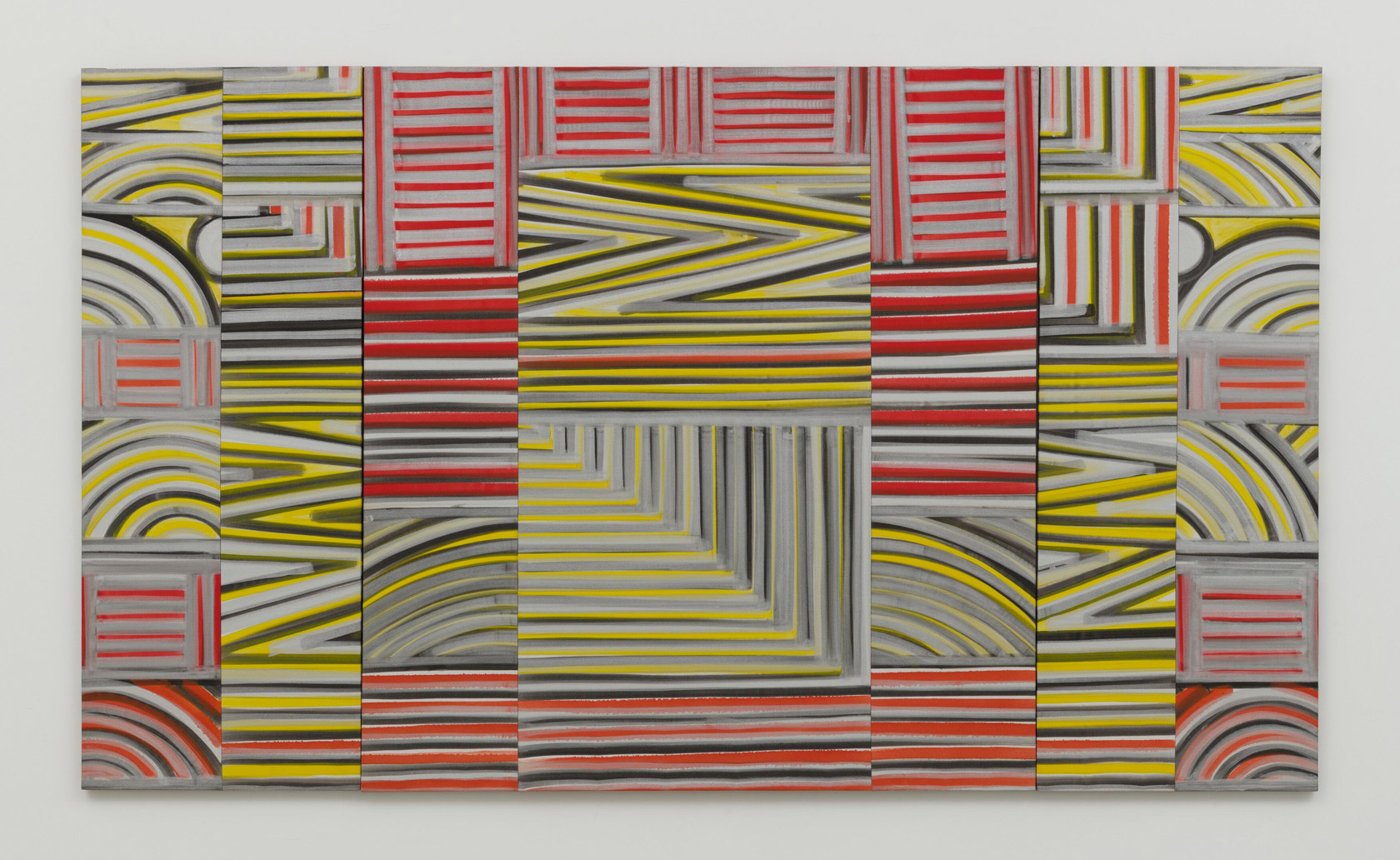
Luchita Hurtado, Self Portrait, 1973. © Luchita Hurtado. Courtesy the artist and Hauser & Wirth.
In the early 1940s, Hurtado joined Dynaton, an international network of painters, writers, and intellectuals with whom she would regularly travel across the US and Mexico. The various styles she embraced spoke of her own experiences, as well as the places she visited: everywhere she went, the artist would draw on different values and movements, and adapt her practice accordingly.
Hurtado first presented her work in 1958, while taking part of a group show at the art centre in La Jolla in California. In the years that followed, she travelled regularly between Los Angeles and Taos, a small town in New Mexico. This peripatetic period saw a drastic shift in her creative process: highly influenced by the social movements that characterised the 1960s, she decided to leave behind abstraction to focus on producing naturalistic and figurative work. Among others, the artist developed a keen interest in the liberation of women, and gradually explored the female form in her work. This culminated in her series of contemplative self-portraits – the ‘I am’ paintings – in which she provides a personal and assertive perspective on femininity, while unveiling various aspects of sexuality through an intelligent selection of raw metaphors.
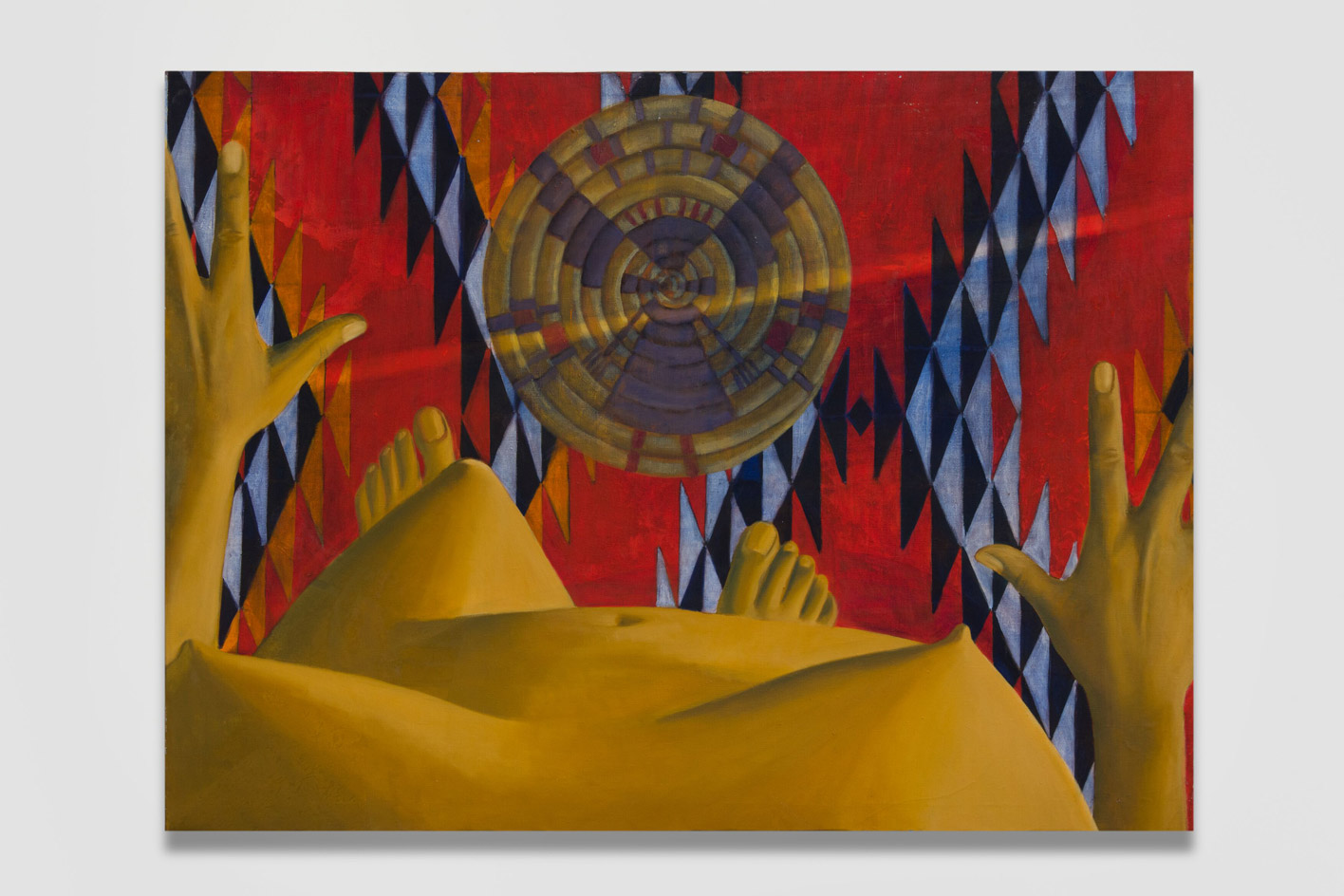
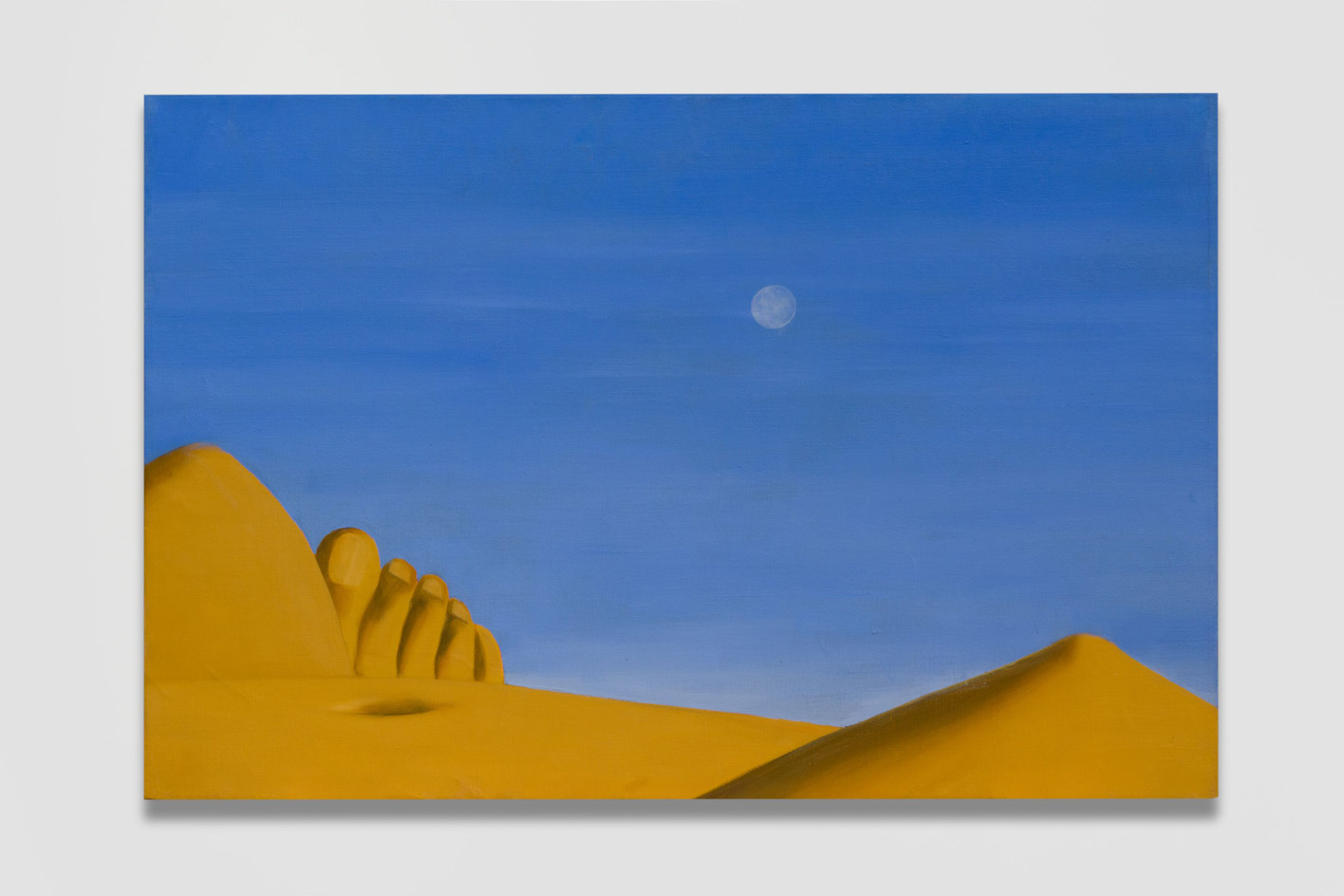
Above: Luchita Hurtado, Untitled, 1969. Below: Untitled, c. 1970s © Luchita Hurtado. Courtesy of the artist and Hauser & Wirth.
Following this series, Hurtado produced a range of surrealist landscapes wherein the human and face and body takes on the shape of natural elements such as mountains and sand dunes. These works emphasise the connection between the body and the natural environment, a recurring theme for the artist.
The past few years were significant for Hurtado’s career: in 2018, her work was presented at the Hammer’s biennial exhibition, alongside installations by 31 other artists. A few months later, she was the subject of a solo retrospective at Serpentine Sackler Gallery in London, titled ‘I Live I Die I Will Be Reborn’, which articulated a fierce love of the planet and an urgent call to fight climate change. The exhibition travelled to LACMA in early 2020.
‘We are close to committing suicide. This is not just a story, this is a matter of fact,’ Hurtado said of her environmentalism to the Financial Times last year . ‘There are far more species leaving than there are arriving, it’s all unbalanced. I don’t think I’d like it to be the end of the world, but there is a real danger. It’s up to us all.’

Installation view, ‘Luchita Hurtado: I Live I Die I Will Be Reborn’. Serpentine Galleries, London, England, 2019. © Luchita Hurtado.
Receive our daily digest of inspiration, escapism and design stories from around the world direct to your inbox.
-
 Wallpaper* Best Use of Material 2026: Beit Bin Nouh, Saudi Arabia, by Shahira Fahmy
Wallpaper* Best Use of Material 2026: Beit Bin Nouh, Saudi Arabia, by Shahira FahmyBeit Bin Nouh by Shahira Fahmy is a captivating rebirth of a traditional mud brick home in AlUla, Saudi Arabia - which won it a place in our trio of Best Use of Material winners at the Wallpaper* Design Awards 2026
-
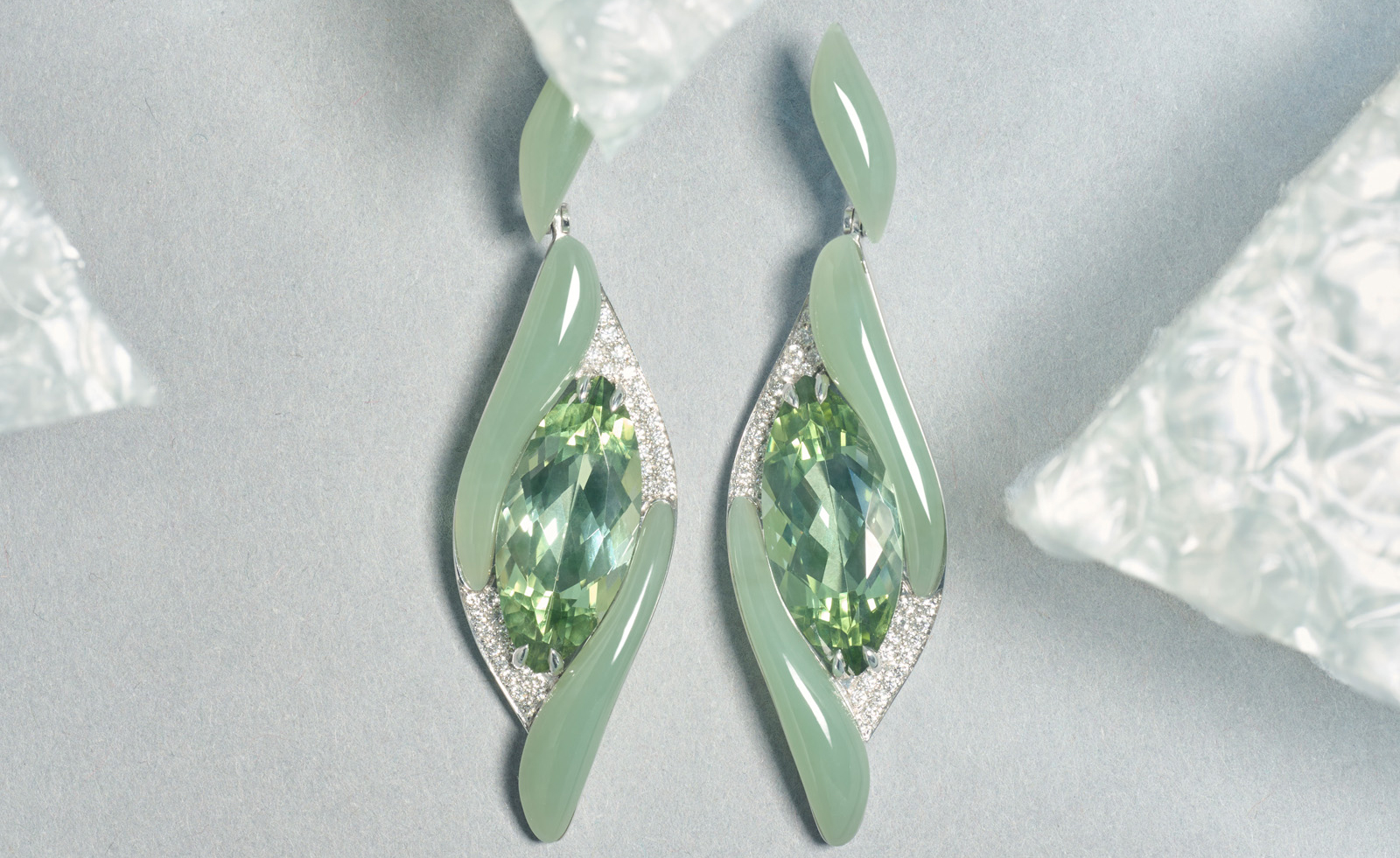 Wallpaper* Design Awards: Boghossian’s gem wizardry dazzles in high jewellery
Wallpaper* Design Awards: Boghossian’s gem wizardry dazzles in high jewelleryBoghossian's unique mix of craftsmanship and modern design is behind the edgy elegance of its jewellery – a worthy Wallpaper* Design Awards 2026 winner
-
 Wallpaper* Design Awards: cult London fashion store Jake’s is our ‘Best Retail Therapy’
Wallpaper* Design Awards: cult London fashion store Jake’s is our ‘Best Retail Therapy’Founded by Jake Burt, one half of London-based fashion label Stefan Cooke, the buzzy, fast-changing store takes inspiration from Tracey Emin and Sarah Lucas’ 1993 The Shop and Tokyo’s niche fashion stores
-
 Remembering David Lynch (1946-2025), filmmaking master and creative dark horse
Remembering David Lynch (1946-2025), filmmaking master and creative dark horseDavid Lynch has died aged 78. Craig McLean pays tribute, recalling the cult filmmaker, his works, musings and myriad interests, from music-making to coffee entrepreneurship
-
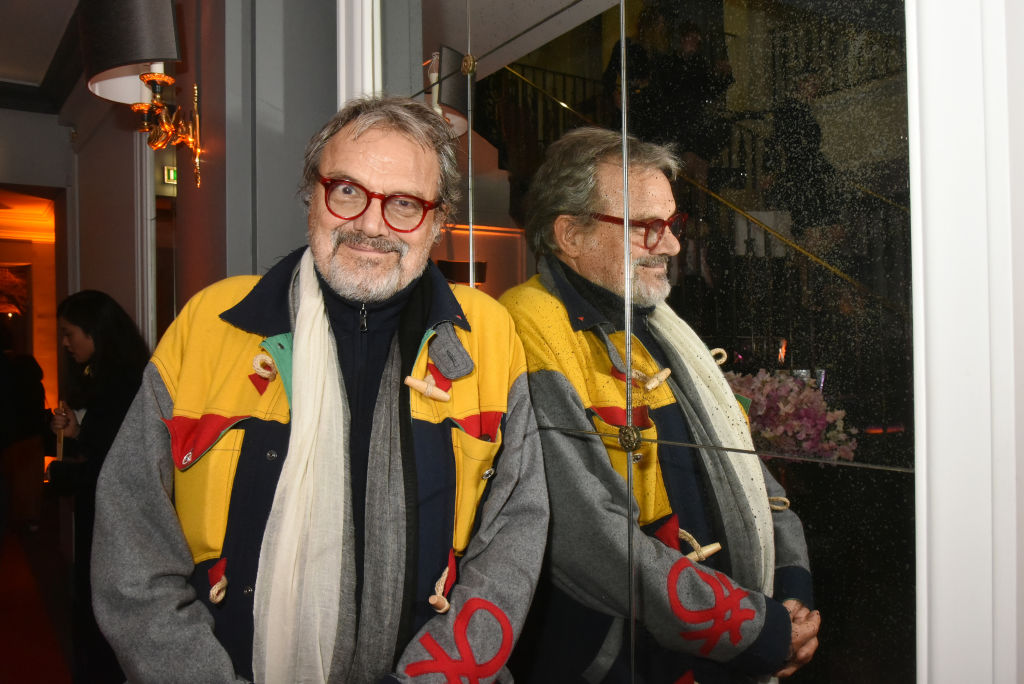 Remembering Oliviero Toscani, fashion photographer and author of provocative Benetton campaigns
Remembering Oliviero Toscani, fashion photographer and author of provocative Benetton campaignsBest known for the controversial adverts he shot for the Italian fashion brand, former art director Oliviero Toscani has died, aged 82
-
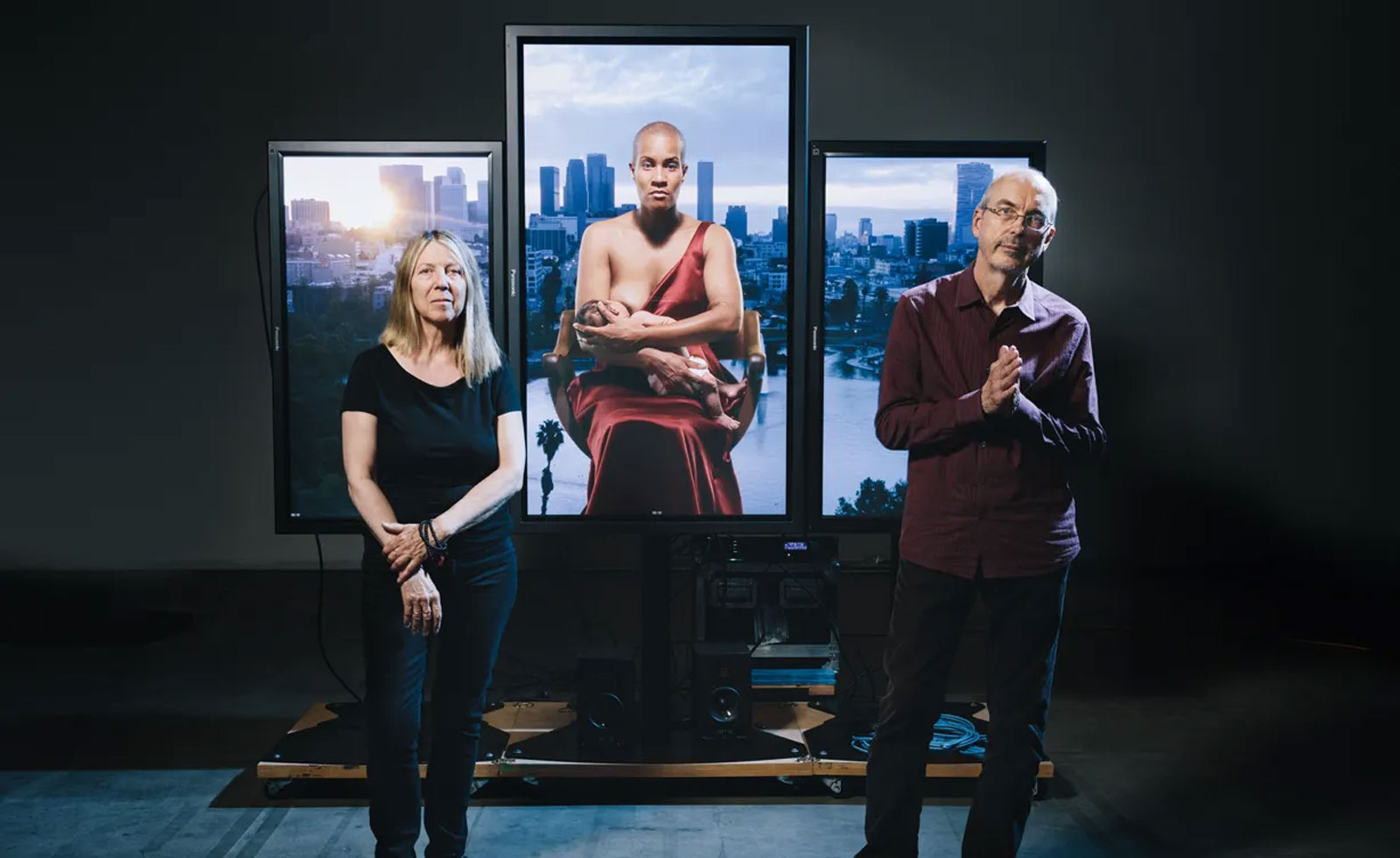 Remembering Bill Viola (1951-2024), the video artist asking the big questions
Remembering Bill Viola (1951-2024), the video artist asking the big questionsAmerican artist Bill Viola has died aged 73 in California
-
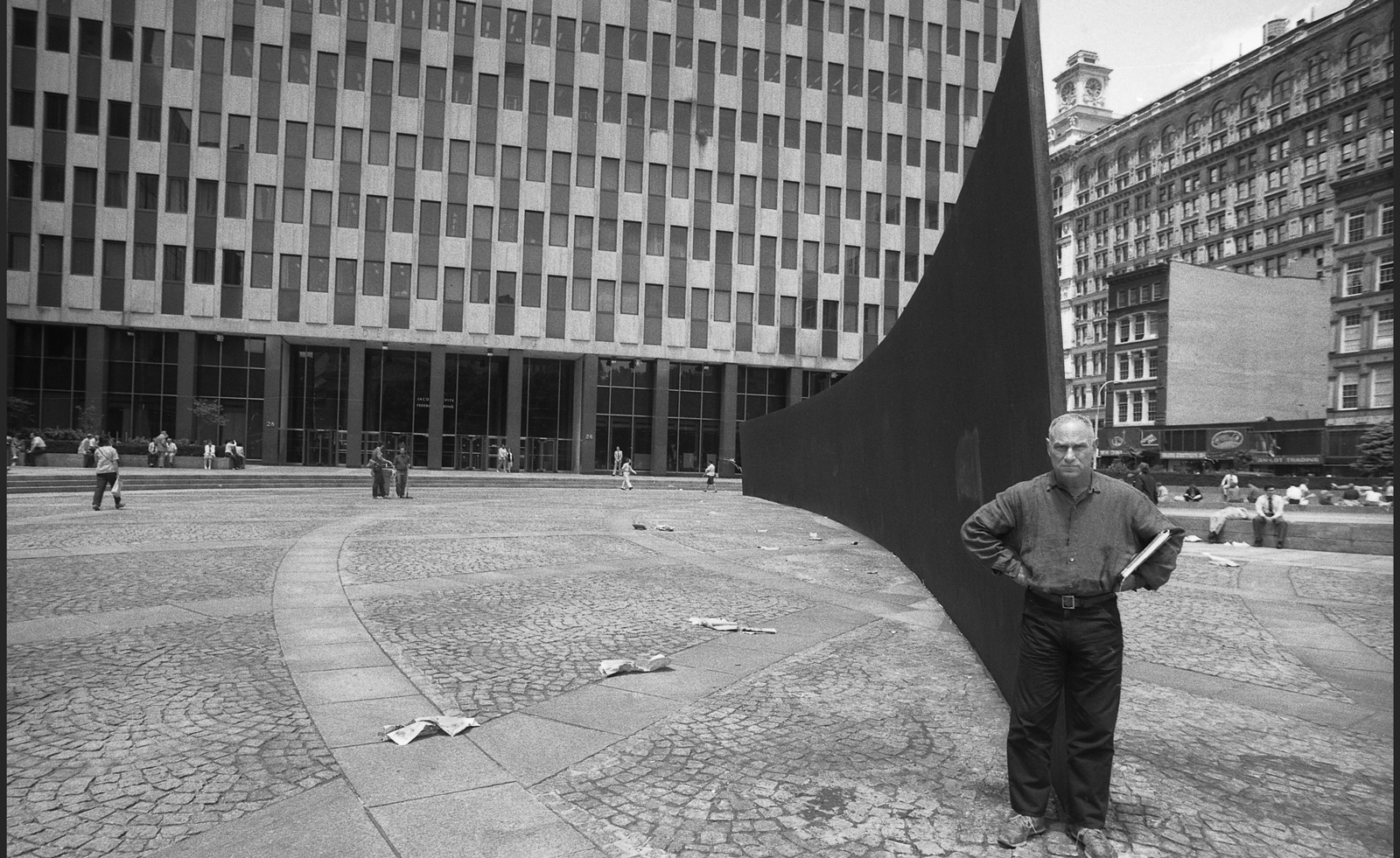 Remembering Richard Serra (1938-2024), American art’s man of steel
Remembering Richard Serra (1938-2024), American art’s man of steelAmerican artist Richard Serra, whose vast sculptures transformed landscapes around the world, has died aged 85
-
 In memoriam: photographer Brian Griffin (1948 – 2024)
In memoriam: photographer Brian Griffin (1948 – 2024)Remembering British photographer Brian Griffin, we look back on his playful shoot for Wallpaper* May 2018
-
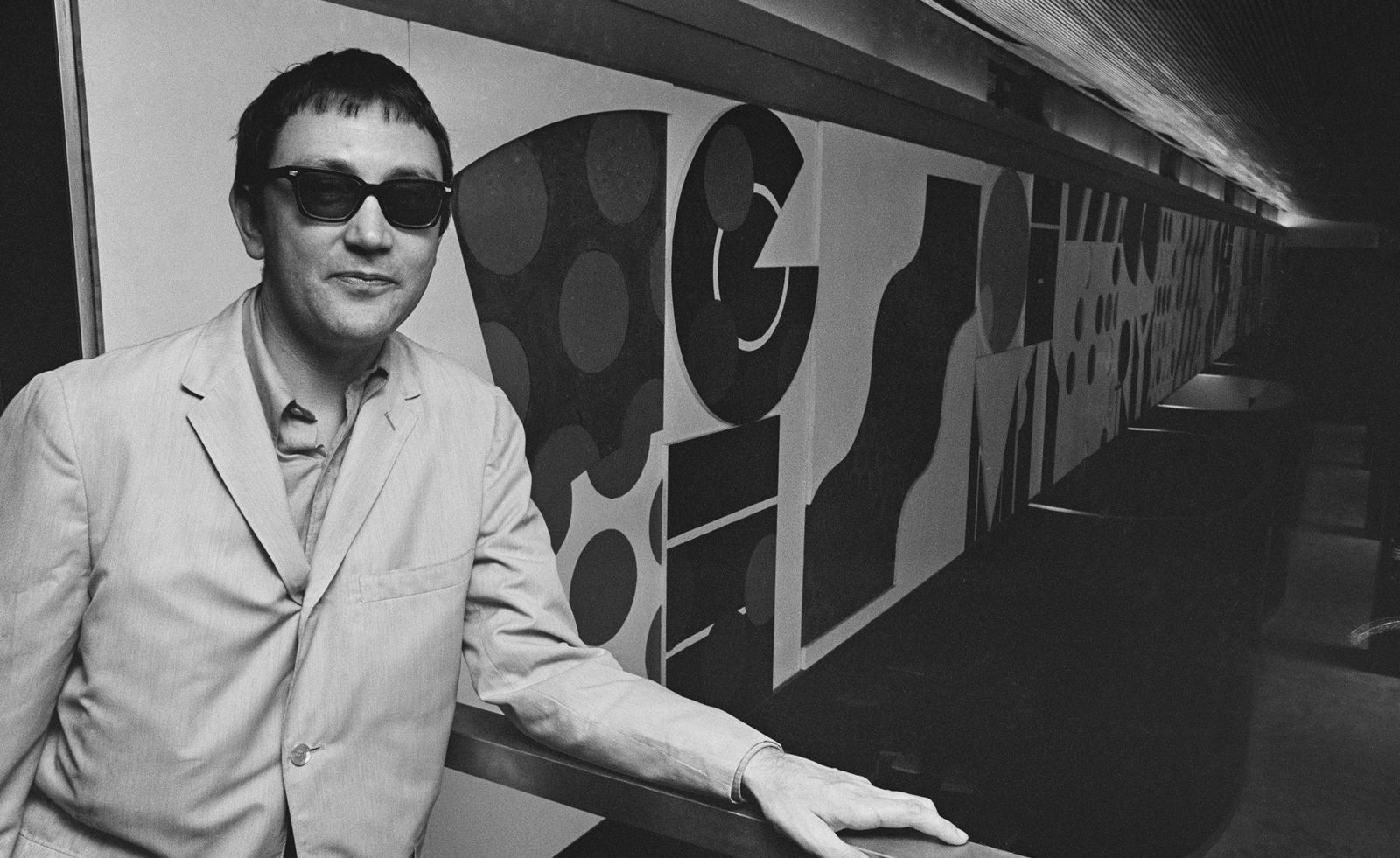 In memoriam: Joe Tilson (1928 – 2023)
In memoriam: Joe Tilson (1928 – 2023)We remember British artist Joe Tilson, who brought a joyful riot of colour to the Pop Art scene
-
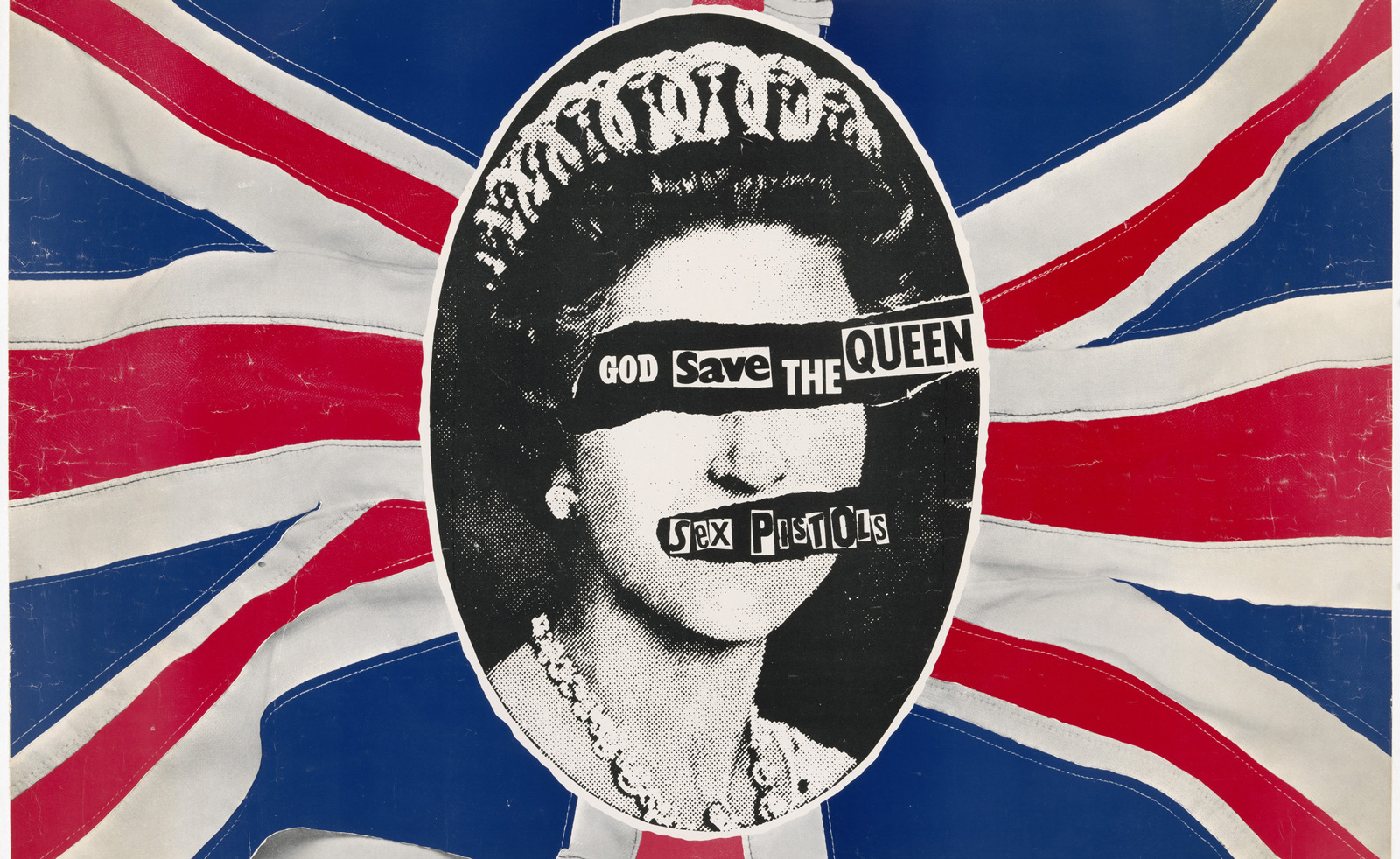 In memoriam: Sex Pistols album artist Jamie Reid (1947 – 2023)
In memoriam: Sex Pistols album artist Jamie Reid (1947 – 2023)Jamie Reid was best known for his bold album artwork for the Sex Pistols
-
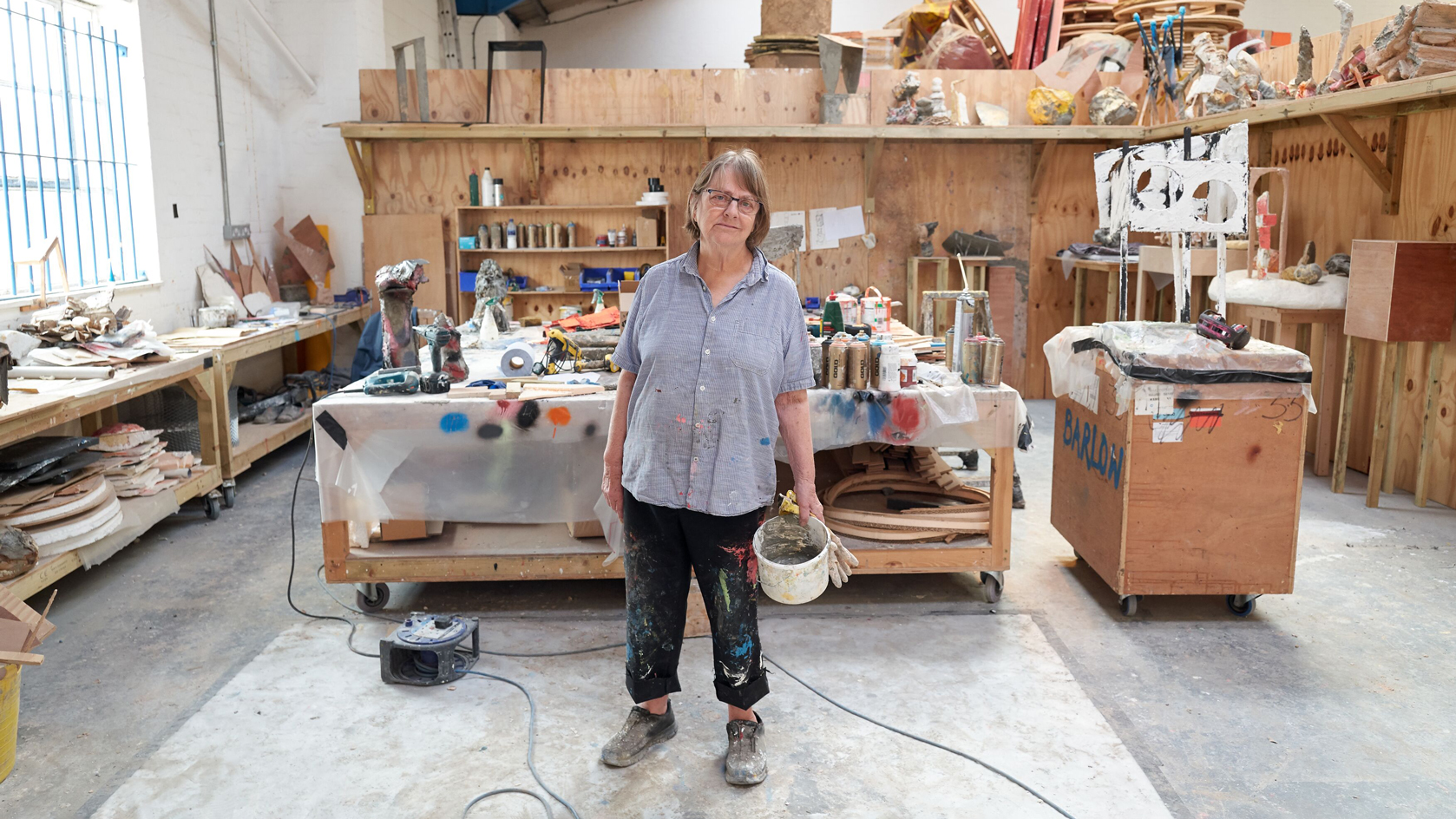 Remembering Phyllida Barlow (1944 – 2023): a titanic force of British sculpture
Remembering Phyllida Barlow (1944 – 2023): a titanic force of British sculptureWe look back on the life and work of Phyllida Barlow, revered British sculptor, educator and Hauser & Wirth artist who has passed away aged 78